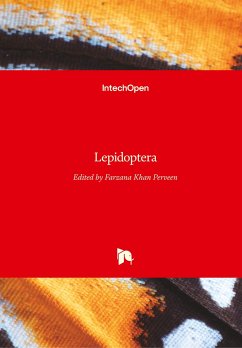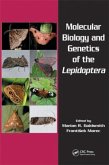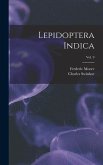This book contains seven chapters divided into two sections. The first section is "Lepidoptera Systematics." It covers introduction classification and external and internal morphology. It also includes the importance and modern approaches of Lepidoptera collection curation and data management. It also describes molecular phylogeny and taxonomy of Lepidoptera for ecological and evolutionary studies. The second section, "Lepidoptera as a Model for Research," describes eyespot color pattern formation mechanism in the peacock pansy, Junonia almana (L.). The complete mitochondrial genome of the American potato tuberworm, Tecia solanivora (Povolny), is presented to study a mitogenome in insects. Lepidoptera are sensitive to physical and climatic changes. Therefore, their taxocenotic and biocenotic study was conducted in three environments, i.e., the grassland, forest, and ecotone of Rucamanque, a forest remnant.
Hinweis: Dieser Artikel kann nur an eine deutsche Lieferadresse ausgeliefert werden.
Hinweis: Dieser Artikel kann nur an eine deutsche Lieferadresse ausgeliefert werden.








